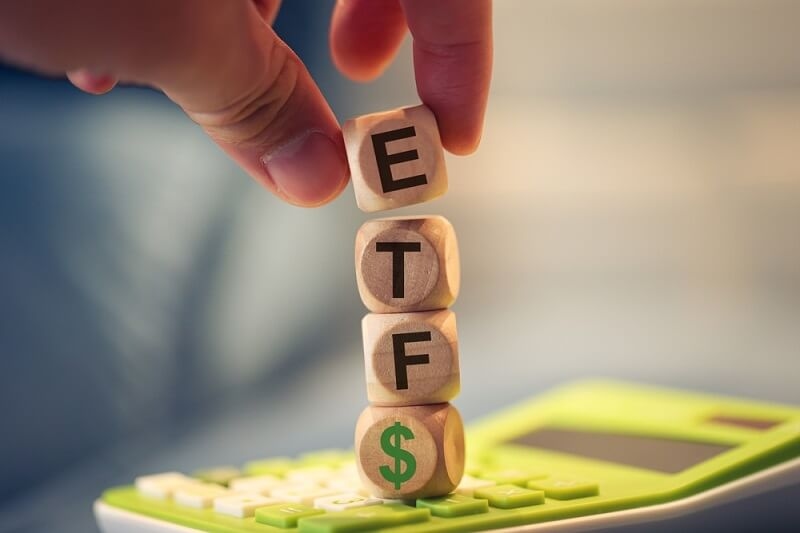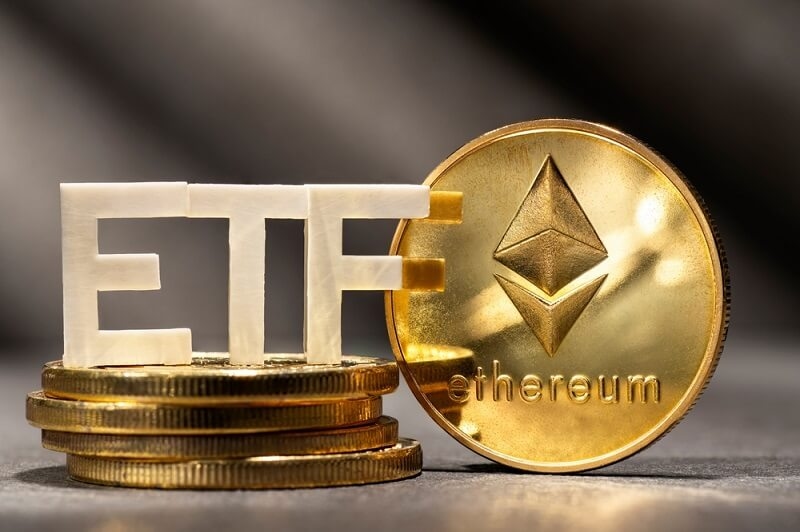
Thematic ETFs are tricky. There, we said it. There’s just something about the promise of investing in AI, clean energy, gaming, space travel, or even psychedelic medicine—all wrapped up in one neat little ticker. It feels futuristic, disruptive, and frankly... fun. It's no wonder thematic exchange-traded funds (ETFs) have exploded in popularity over the last few years. They’re eye-catching, story-driven, and perfect for retail investors looking to ride the next big trend.
But here’s the thing nobody really talks about: the dark side.
Sure, the upside potential sounds phenomenal. But what about the risks? The long-term performance? The liquidity traps? The marketing hype? Spoiler alert—there’s a lot under the surface that can blindside even savvy investors.
Let’s take off the rose-tinted glasses and look at what every investor must know before jumping on the thematic ETF bandwagon.
Humans love stories. Fund managers know that. They package themes like “Metaverse,” “Genomics,” “Blockchain,” or “Future Mobility” into one compelling narrative. That narrative? It promises to tap into exponential growth. And in some cases, it does. The idea behind a thematic ETF is to offer targeted exposure to a specific trend, sector, or macro idea.
But while the story is seductive, performance often tells a different tale.
Take ARK Invest’s Innovation ETF (ARKK). It soared during the pandemic-driven tech rally. People piled in. And then—crash. From its peak in early 2021, it fell more than 70%. That's not just volatility; that's wealth evaporation.
So ask yourself: are you investing in the theme, or the hype?
Let’s bust a myth right now—most thematic ETFs are not as diversified as they seem.
Sure, they might hold 30 or 50 stocks. But dig deeper. Many of them are overly concentrated in just a handful of names. In fact, several funds hold the exact same companies—just in slightly different weightings.
Take multiple thematic investing ETFs focused on clean energy. You’ll likely see Tesla, First Solar, and Enphase Energy featured again and again. Same with cloud computing or cybersecurity ETFs—companies like CrowdStrike or Zscaler pop up everywhere.
What’s the risk? If just a couple of these stocks falter (or get overpriced), the entire ETF suffers. That defeats the very purpose of ETF investing—broad exposure and risk reduction.
Most thematic ETFs come with higher-than-average expense ratios, often ranging from 0.5% to 0.75%. That’s far steeper than broad-market ETFs like those tracking the S&P 500 (which often charge as little as 0.03%).
Now, a higher fee might be justifiable if the fund delivers alpha. But many don’t. In fact, multiple studies show that thematic ETF investing underperforms broad benchmarks over time.
The reason? Many of these ETFs launch after a trend has already played out. By the time they hit the market, valuations are stretched, momentum has peaked, and retail investors are late to the party.
It’s like arriving at a concert after the headliner’s left the stage—but still being charged VIP ticket prices.
Here’s something that rarely gets mentioned in the marketing brochures—many thematic ETFs have low assets under management (AUM) and thin daily trading volume. That creates two serious problems.
Liquidity risk: If you want to sell during market stress, you might not get a fair price.
Fund closure risk: If a fund doesn’t gather enough assets, it might shut down altogether. You’ll get your money back, but it’s a hassle. Plus, if you sold at a loss? You lock in the damage.
This risk is especially common in niche categories like space exploration, cannabis, or blockchain ETFs with under $50 million in AUM. They sound cool—but may not stick around long enough to deliver real value.
Another red flag? The lack of transparency in how the ETF defines its theme and selects stocks.
Let’s say you're investing in a “Robotics and AI” ETF. Great! But when you read the fine print, you discover half the portfolio is just large-cap tech stocks—Amazon, Alphabet, Microsoft—because they "have AI exposure."
Huh?
Thematic ETFs often rely on index providers to define the theme. And those definitions are sometimes vague, subjective, or based on questionable keyword matching from company filings.
That’s not investing in innovation. That’s investing in arbitrary labeling.
Timing matters. A lot.
Many thematic ETFs are born at the peak of excitement—after the trend has already been priced in. It’s like the financial version of FOMO. Remember when everyone was talking about the metaverse? A slew of ETFs followed, just as interest waned and Meta’s stock price stumbled.
Same goes for clean tech in 2021. Or cannabis in 2018. Or China internet stocks in 2020. Or... well, you get the idea.
Themes are cyclical. But ETFs don’t always adjust fast enough.
So while the theme might be valid long-term, the entry point can make or break your returns.
Recommended Article: The Emergence of Green Mortgage: Financing Sustainable Homes
Retail investors tend to chase returns. They look at past performance, get excited, and buy high. When the theme cools down, they sell low. Rinse, repeat, lose money.
That’s the behavioural trap built into thematic ETF investing.
These funds often become top-performers after a massive rally—just before a sharp correction. Data shows many thematic ETFs attract the most inflows after they’ve peaked. Investors pour in at the top, only to get burned.
Want proof? Look at fund flows around ARKK or hydrogen ETFs during their peak hype phases. The numbers don’t lie.
Here’s a brutally honest truth: predicting the next big theme is hard. Like, really hard.
Not every trend becomes investable. And even when it does, the timeline is unpredictable. Will quantum computing take off in 3 years? 10? 30?
Even if you get the trend right, you might not get the right companies. Just because a firm claims to be in the blockchain space doesn’t mean it’ll be the winner. Many will fail. A few might succeed. Picking them is part art, part luck.
Which brings us to...

The rise of crypto has birthed its own wave of crypto thematic ETF offerings. These promise exposure to blockchain, Web3, DeFi, and digital assets—without buying actual crypto.
But tread carefully.
Many of these funds invest in crypto-adjacent stocks—like Coinbase, MicroStrategy, or crypto miners. These stocks are notoriously volatile, and their success often depends on Bitcoin prices (which aren’t exactly stable).
Plus, there's regulatory risk. The SEC has been slow to approve direct crypto ETFs, so thematic versions sneak around it. But if regulation shifts, or sentiment drops? These funds will be first to suffer.
The growth of thematic ETFs has led to a massive clutter of overlapping products. There are dozens of funds chasing similar ideas—with subtle differences in exposure.
Seriously, just Google “clean energy ETFs” or “metaverse ETFs” and you’ll find an entire thematic ETF list longer than a CVS receipt.
So how do you choose?
It’s not easy. You’ll need to:
And even then, it’s still a gamble.
Not necessarily. Thematic ETFs can have a place in a portfolio—if used wisely.
Think of them like seasoning. A little adds flavor. Too much? Overpowers the dish.
Here’s a more grounded way to approach them:
As Previously Covered: Bitcoin and Ethereum Trends 2025 Explained Clearly For You
The appeal of thematic ETFs is undeniable. They make investing feel exciting—like you’re part of something bigger. The future. The innovation. The revolution.
But smart investors know excitement can be blinding. Just because something is labeled “thematic” doesn’t mean it’s strategic.
Behind the marketing, there’s complexity, concentration, and a whole lot of risk. Knowing that gives you the edge. And in a world of overhyped financial products, an edge is everything.
So, if you’re going to invest in themes, do it with open eyes—not wishful thinking.
Because when it comes to thematic ETFs, knowing the downside is the smartest play of all.
This content was created by AI